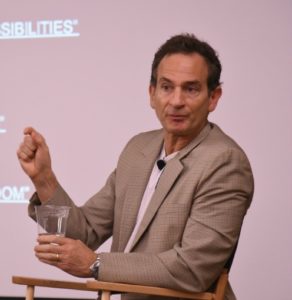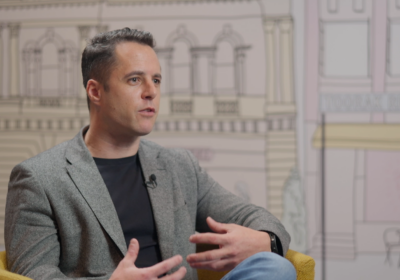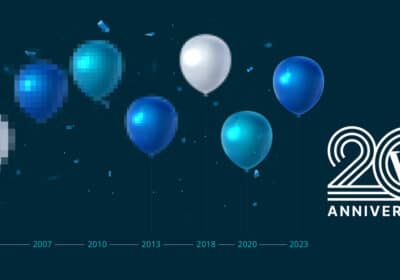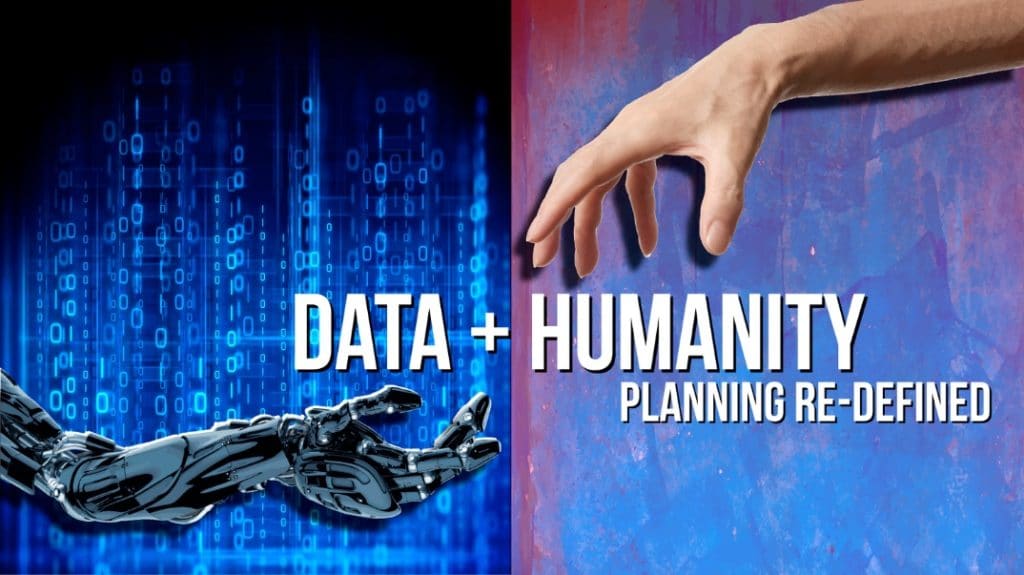Effective account planning can be the answer to navigating the disruption brought into the advertising business by the dizzying evolution of technology, according to the experts speaking to a gathering of agency professionals.
Social media, mobile technology, artificial intelligence and the Internet of Things are challenging the marketing profession, but reports of the death of agencies are greatly exaggerated, said insiders at the Strategy Festival of the American Association of Advertising agencies (4As). Planners can make a difference by bringing the insight that makes all these technologies work in concert, said StratFest speakers.
“Today it’s a mess,” said David Lubars, chief creative officer of BBDO. “You have to be a person who thrives on chaos.”
All industries are being disrupted, not only advertising, but the industry insiders fear that it is in a long-term secular decline because consumers are avoiding ads, said Rishad Tobaccowala, chief strategy and growth officer of Publicis Groupe. Tone-deaf marketing is to blame, said speakers.
“Brands are behaving like toddlers,” said Nelson Freitas, chief strategy officer, North America, of Wunderman. Brands advertising screams and shouts, makes it all about them and doesn’t ask permission, he explained, citing research that showed 72% of consumers were turned off by ads.
“Brands need to step up because data isn’t going to go away,” he said. “Consumers in the street are going to want a different kind of relationship.”

Agency account planners can bring order to the mess, said Lubars. Planning is in a revolutionary mode, and if planners embrace using data to make better insights and using technology as a new channel “planning is kind of the glue of this new world.”
The definition of planning today is “future competitive advantage,” said Tobaccowala. The industry is moving from a world of fighting for share to one of growth “but we talk like we’re going out of business,” he said. He added that begs the question of why are consultants such as Accenture and Deloitte acquiring agencies and getting into the business.
“We have a real issue with the business model,” he said. “We’re no longer relevant. The way we work is no longer relevant.”
A panel filled with the heads of smaller agencies agreed that the traditional agency model is no longer valid in environment where legacy media and advertising is no longer the norm. There’s a disconnect between how clients compensate agencies and how they succeed, said the executives.
Agencies are compensated for being inefficient, said Ray Inamoto, founder of Inamoto & Co. The shops get paid more the more time and effort they spend on things, he explained. Many agencies are structured around tasks and functions, but in this environment, they need to do more with less and teams need to master multiple functions.
“Technology is basically hydrochloric acid–it burns through all of those things,” said Tobaccowala.
If being the glue across disciplines runs into silos, planners need to avoid getting into turf wars, said Lubars: “Don’t work in an agency like that,” he said. “Turf is the enemy.”
Transformation is not about organizations. It’s about people, said Tobaccowala, casting some doubt on the consultants’ foray into agency work. ”You can’t buy yourself out of trouble,” said Tobaccowala, a veteran of many deals. He noted he has had 16 different business cards in his 10 years with the same company.
Bringing the agency in-house doesn’t solve problems either. said Matt Walsh, founder of Green Stone, a Boulder agency. “It just ports them” into the clients’ organization, he said.
“Transformation only works if people get better or people change,” said Tobaccowala. “Change the people’s mindset or change the people.”
Doing more with less
Agencies are living in a world of increased expectations and decreased resources, said Stephanie Bane, dIrector of planning at Brunner. They face a higher expectation of data-informed decisionmaking among potential clients and a shorter window to get it done before a business pitch, she said.
But agencies have more tools and data available now to mine insights without leveraging expensive resources, she said: A rough “pitch in a day” can be developed with basic data that will help the team define the marketing challenge and priorities, she said.
For an e-commerce brand or a brand with resources, data mining is a good tool, but if you’re on a shoestring, searching regulatory filings and articles online is a good place to start, said Shawn Quigley, VP of Brunner’s digital practice; or else try social listening and “web scraping” for related material.
“Social data is a delicious addition to the toolkit,” said Andrea Ring, chief strategy officer at Big Spaceship When you know where to look for it and where to mine it “it’s just this insane window into these authentic emotional moments people have.”

Society is undergoing a third connected age, with increased complexity, said Tobaccowala. The first age was based on linking information and was led by Google; the second, beginning with the iPhone launch in 2006, was built on connecting networks and led by Apple and Facebook. The third age is coming now, and is based on three connections: one is data to data—what artificial intelligence does—said Tobaccowala. The second is objects connecting to one another in the Internet of Things, and the third is new ways for people to connect, such as voice-driven AI systems like Alexa, he said.
The new technologies are bringing on new ways of telling stories to consumers, whether it is based on place (aided by the geolocation), or through interactivity (via social networks) or in real-time, thanks to APIs that can be applied to interfaces, such as chatbots. Lastly, the consumer has become sufficiently savvy to see through advertising, said Tobaccowala.
“We talk to them and tell them they are highly enabled and empowered people, but we market to them like cows,” said Tobaccowala. “They’ve figured it out.”
Telling a brand story is now a necessity, said Michael Fanuele, founder/CEO of consultants Talk Like Music. Consumers, especially the desired Millennial cohort, aren’t sold with product attributes, but with purpose, he noted. ”To have better ideas, don’t ask why your brand is better than the competition, ask why our brand is in the world,” he said.
Planners can supply that insight, he said: “Be the leap strategist, not the logic.”





Join the conversation